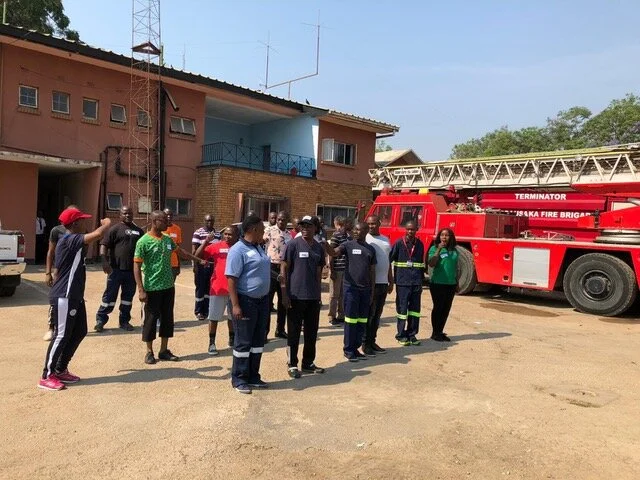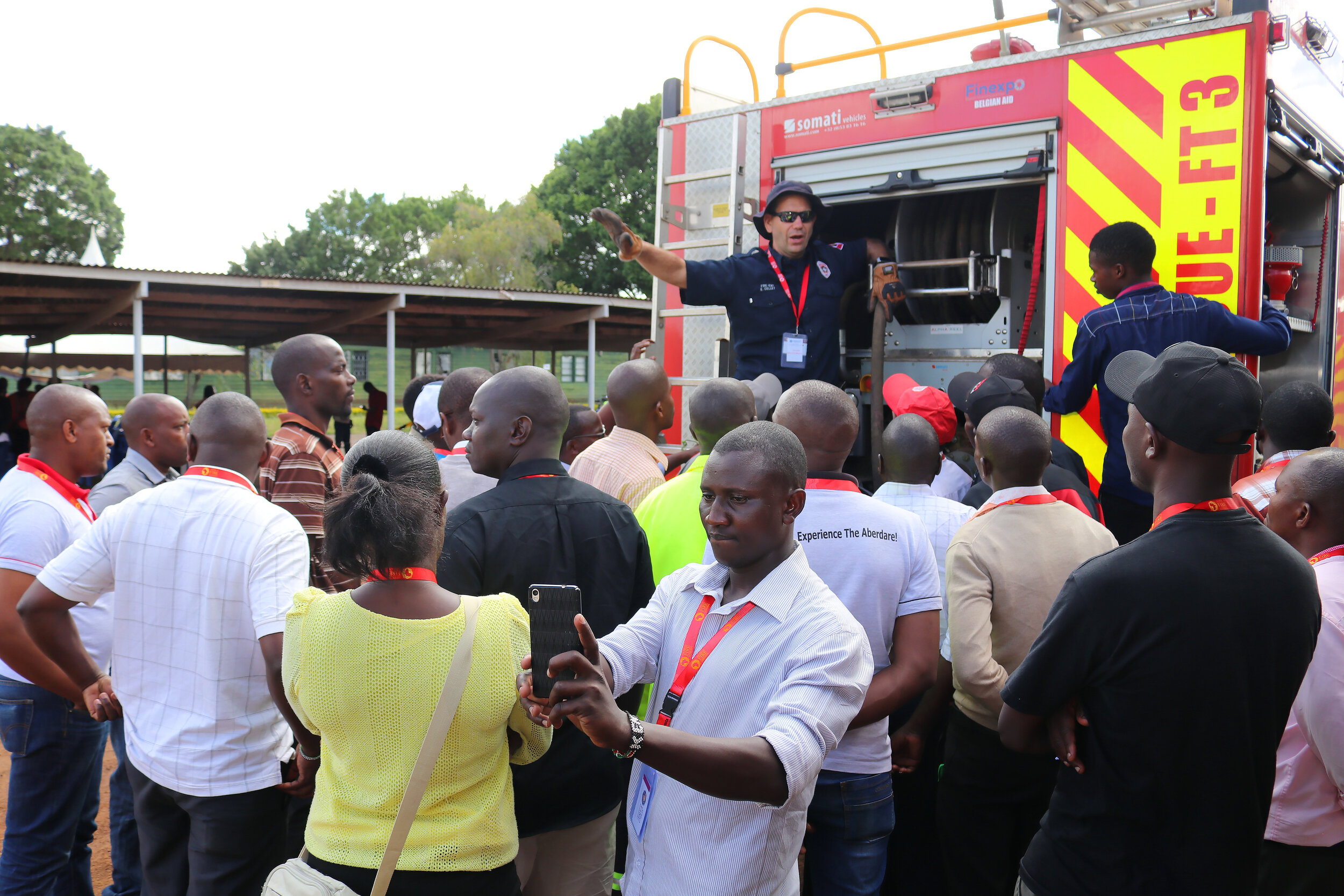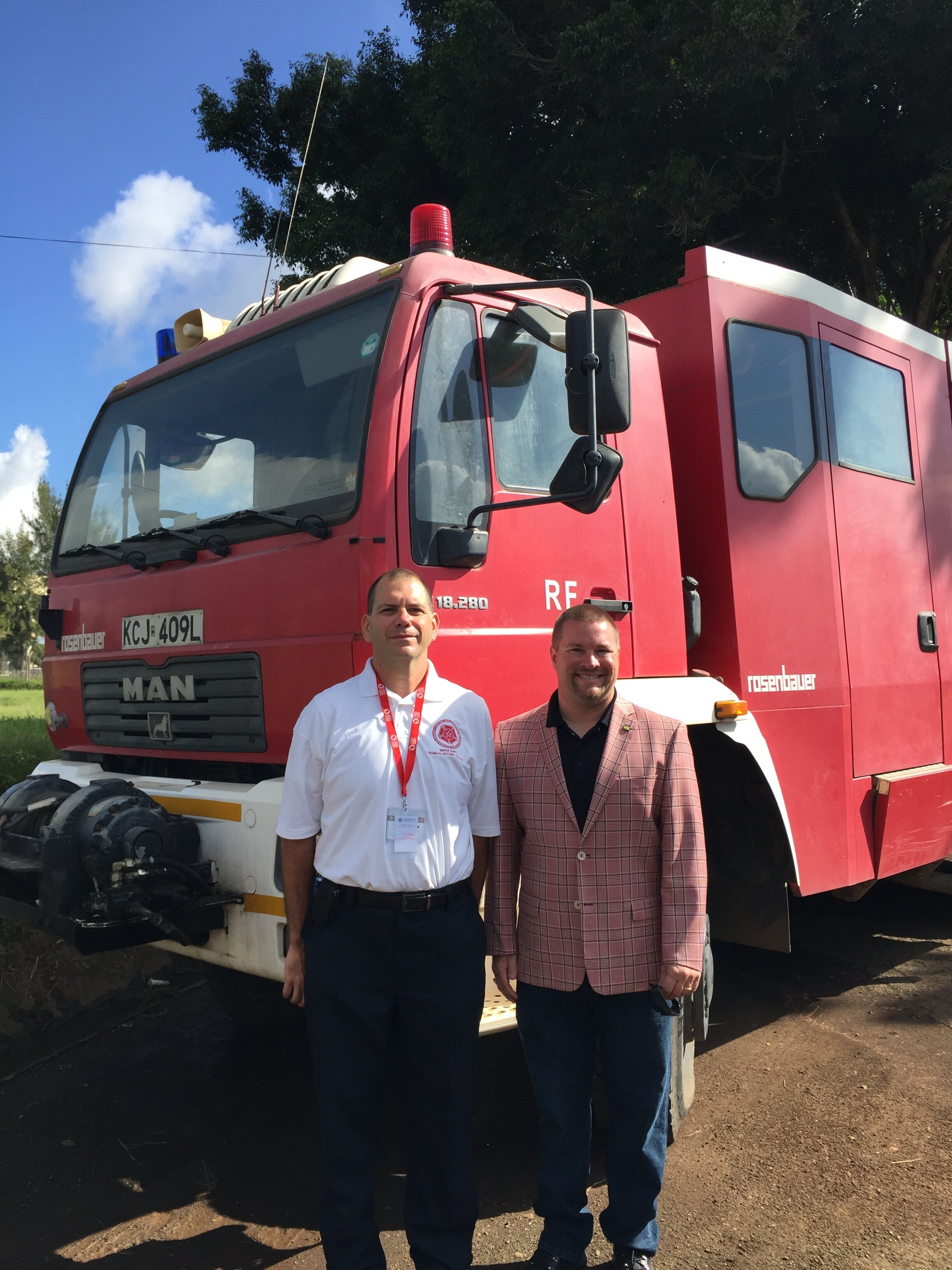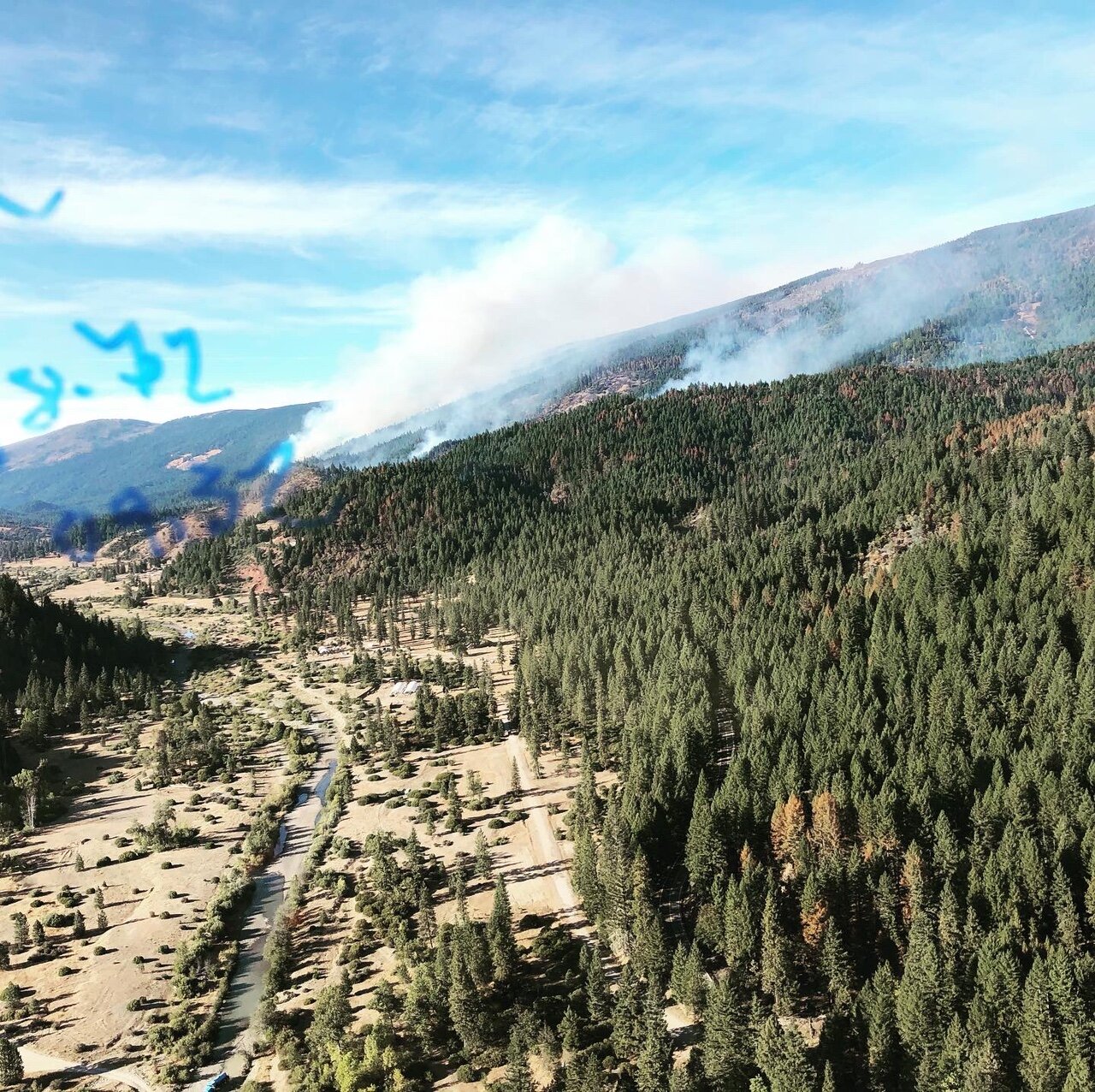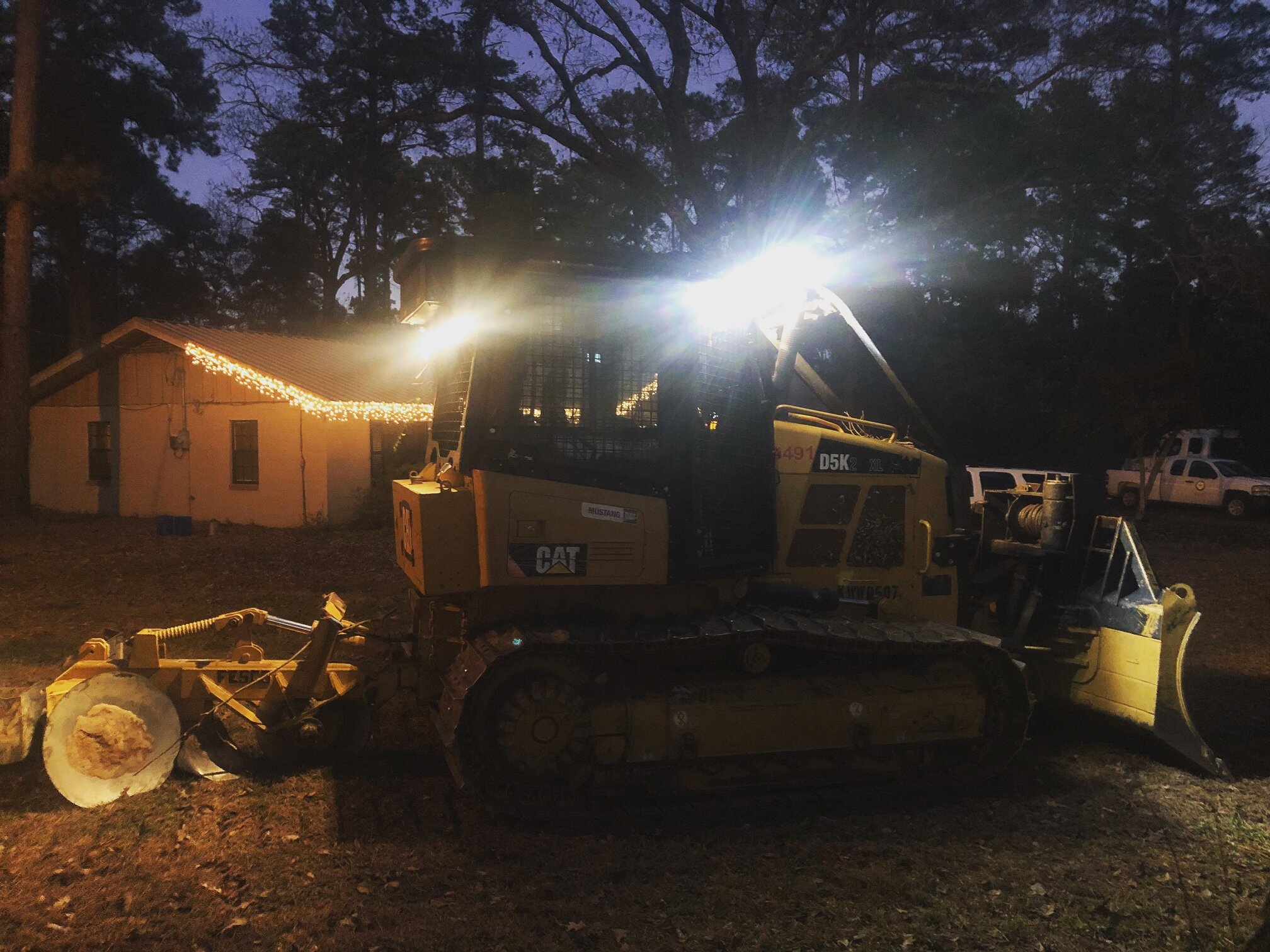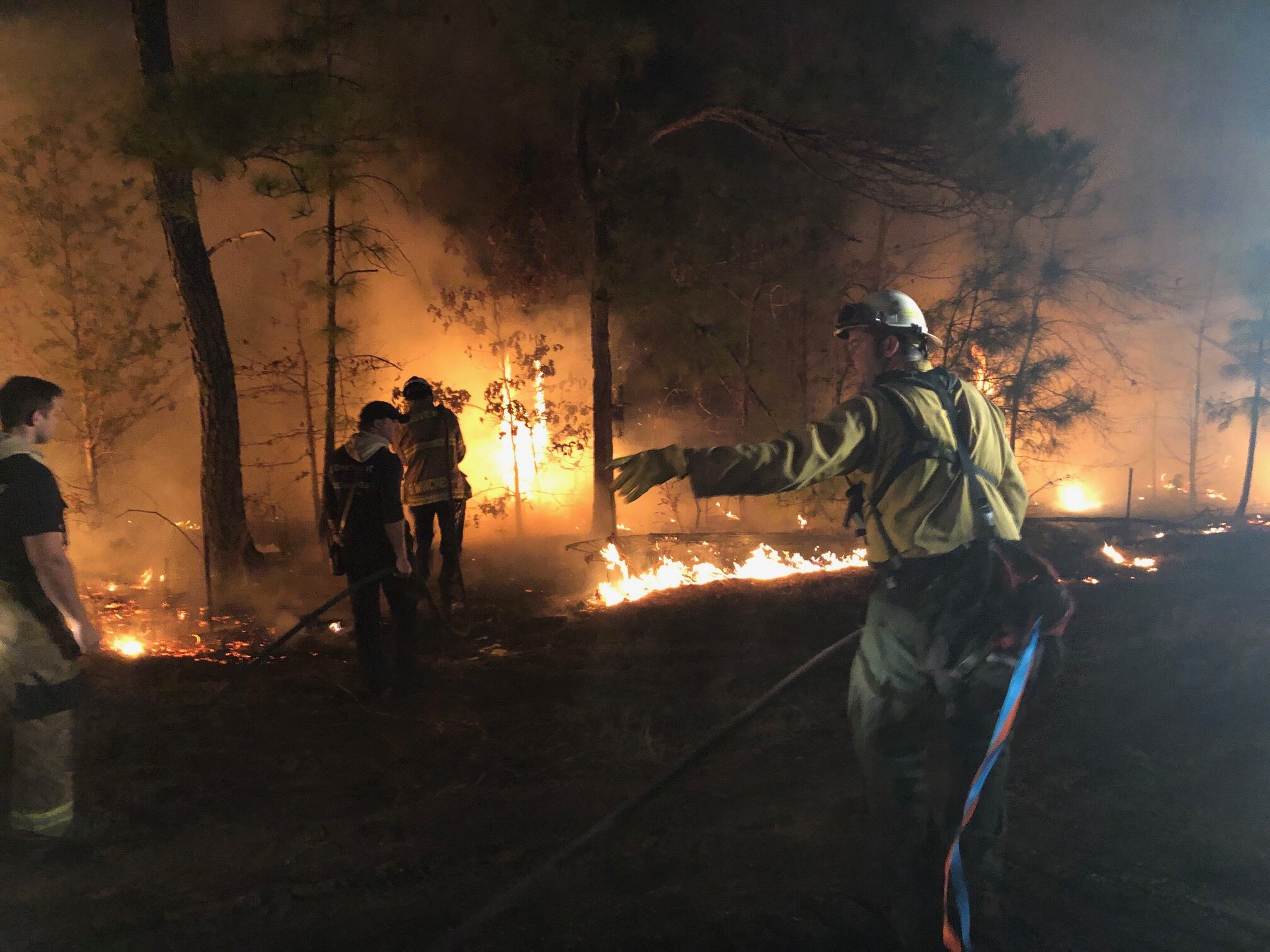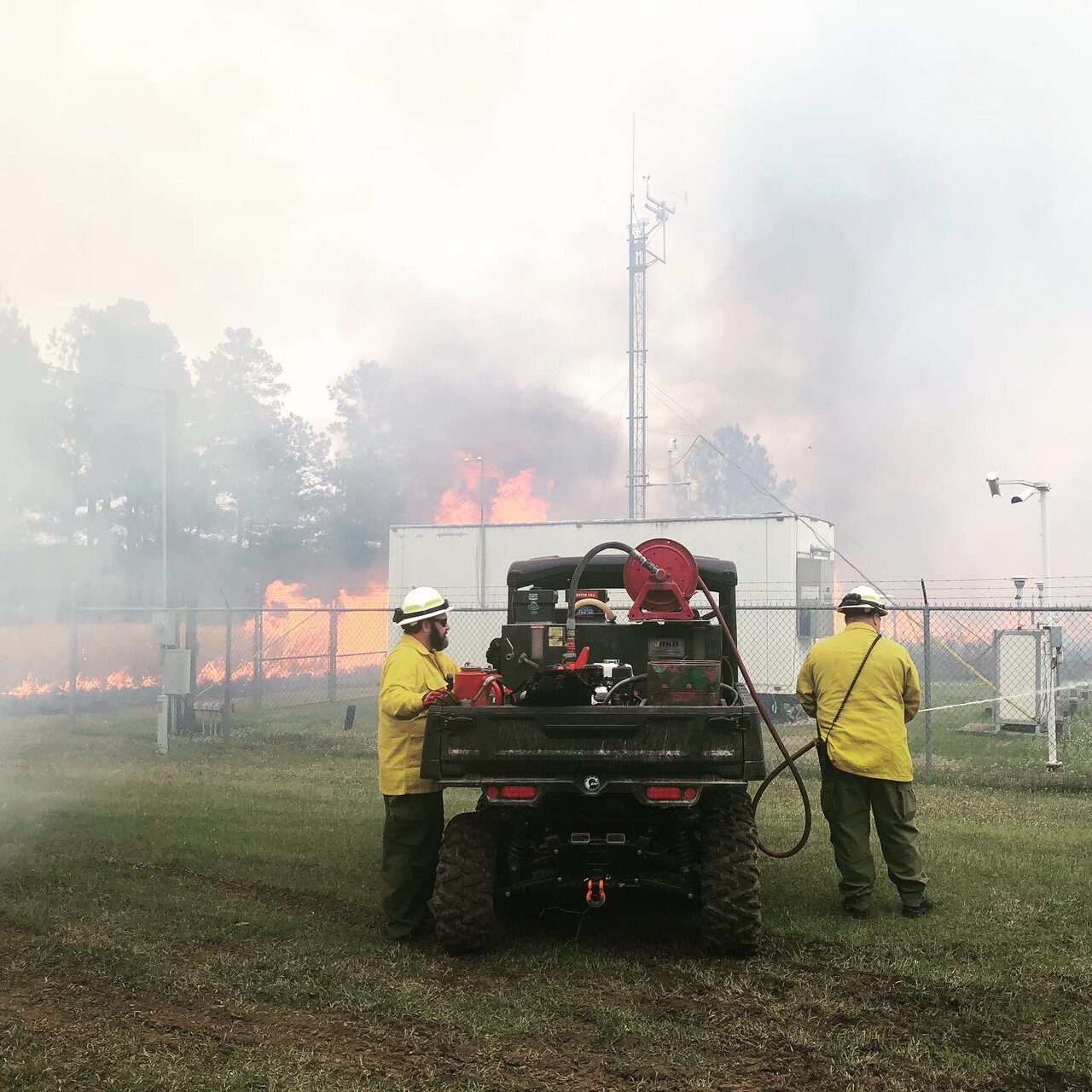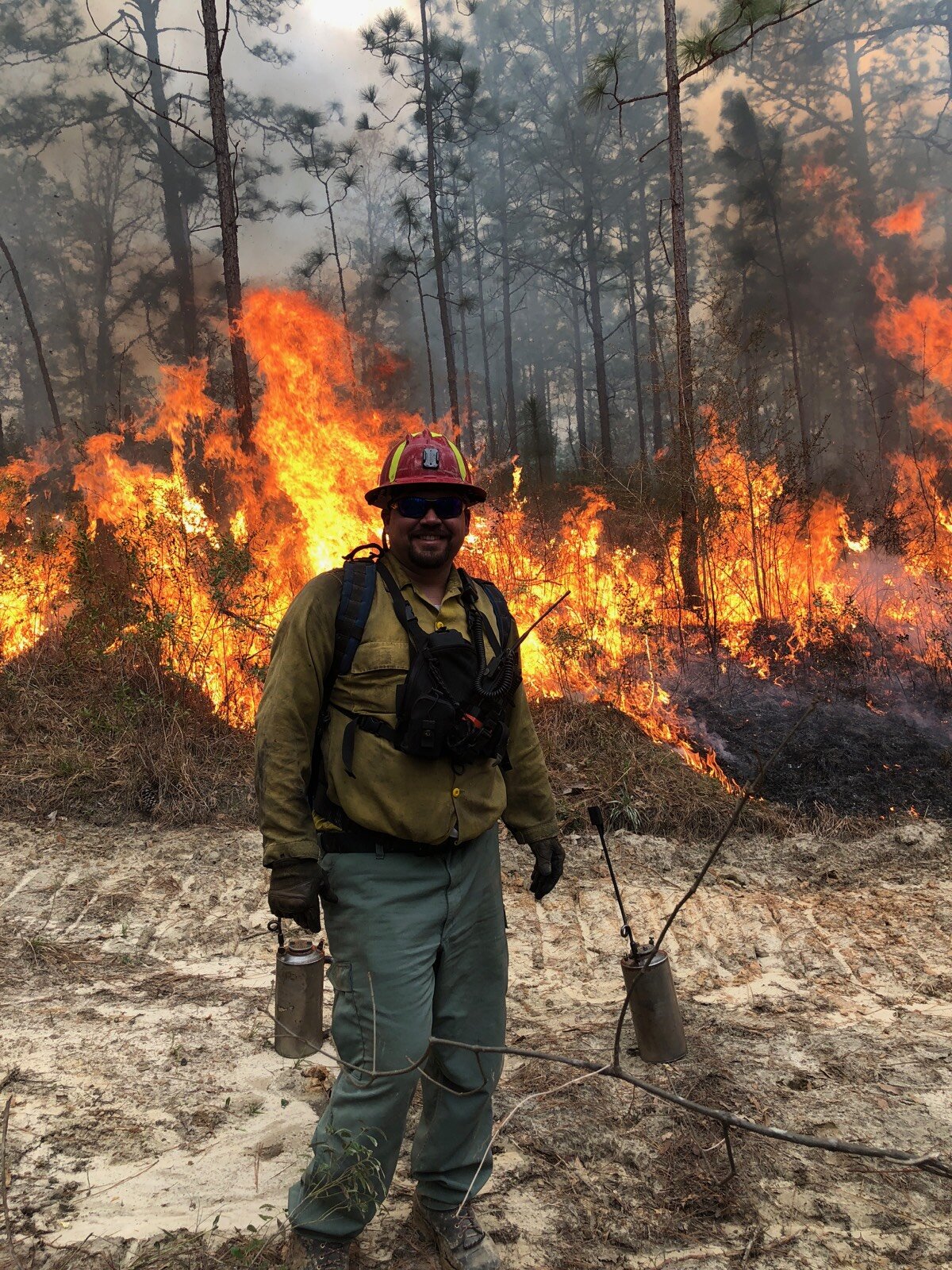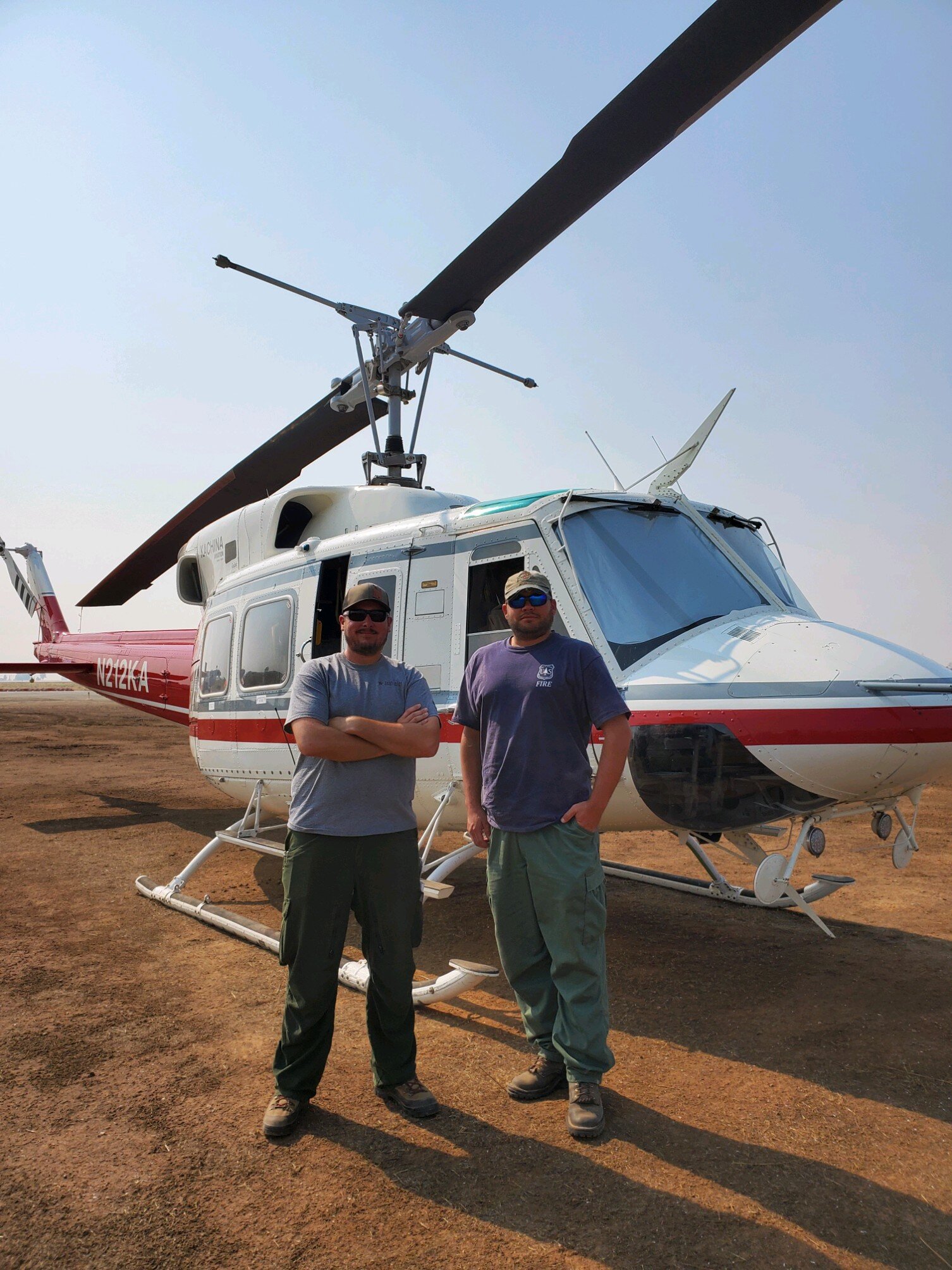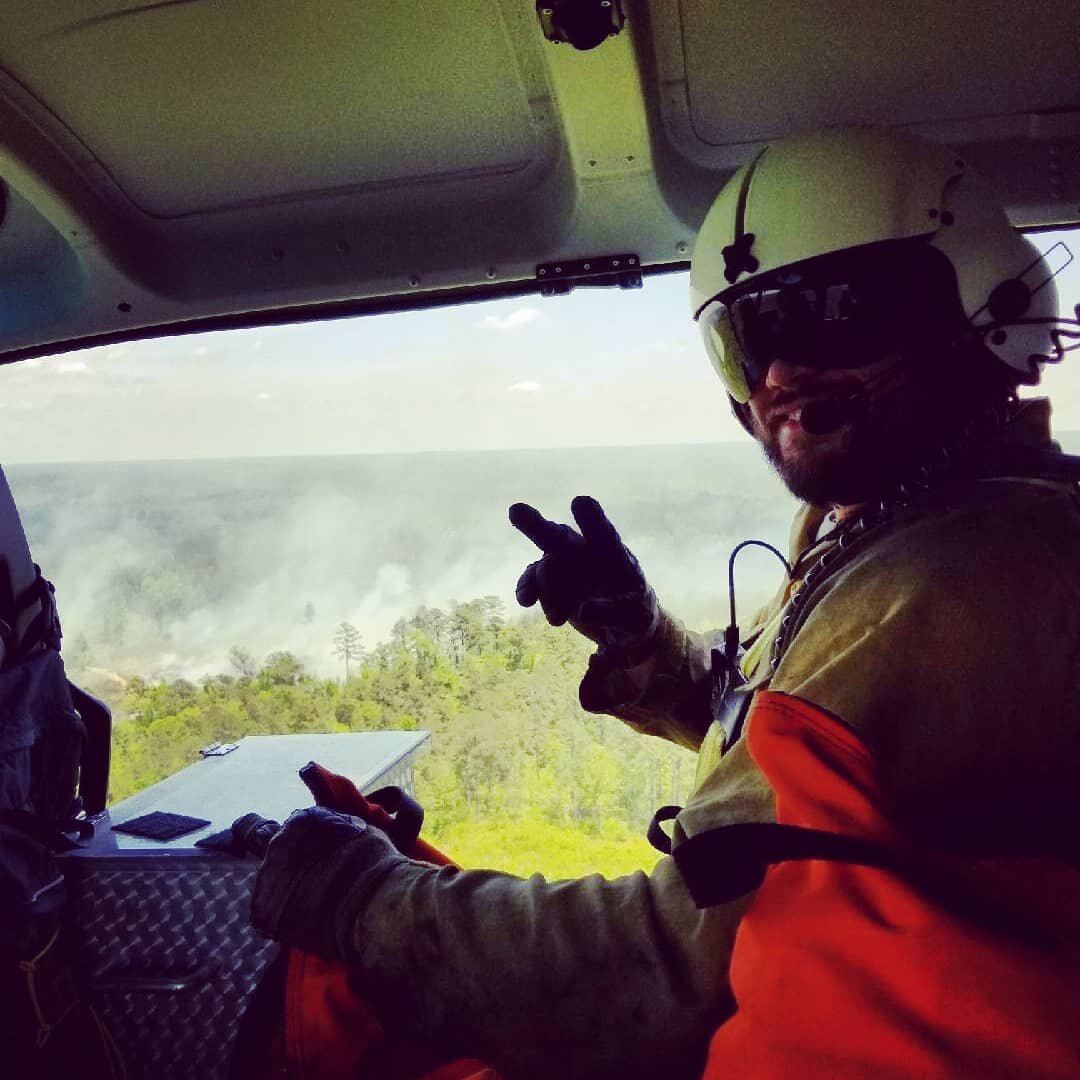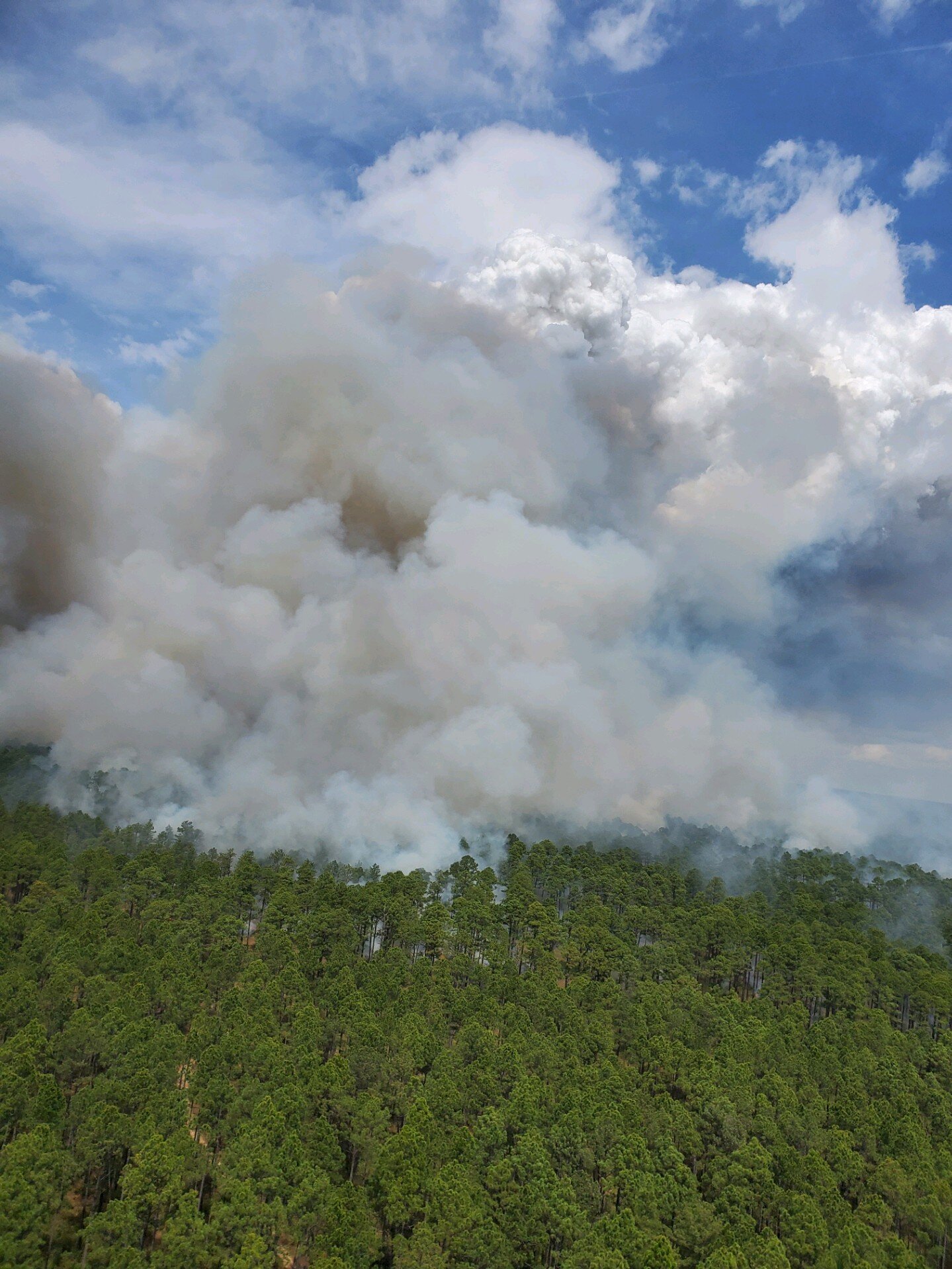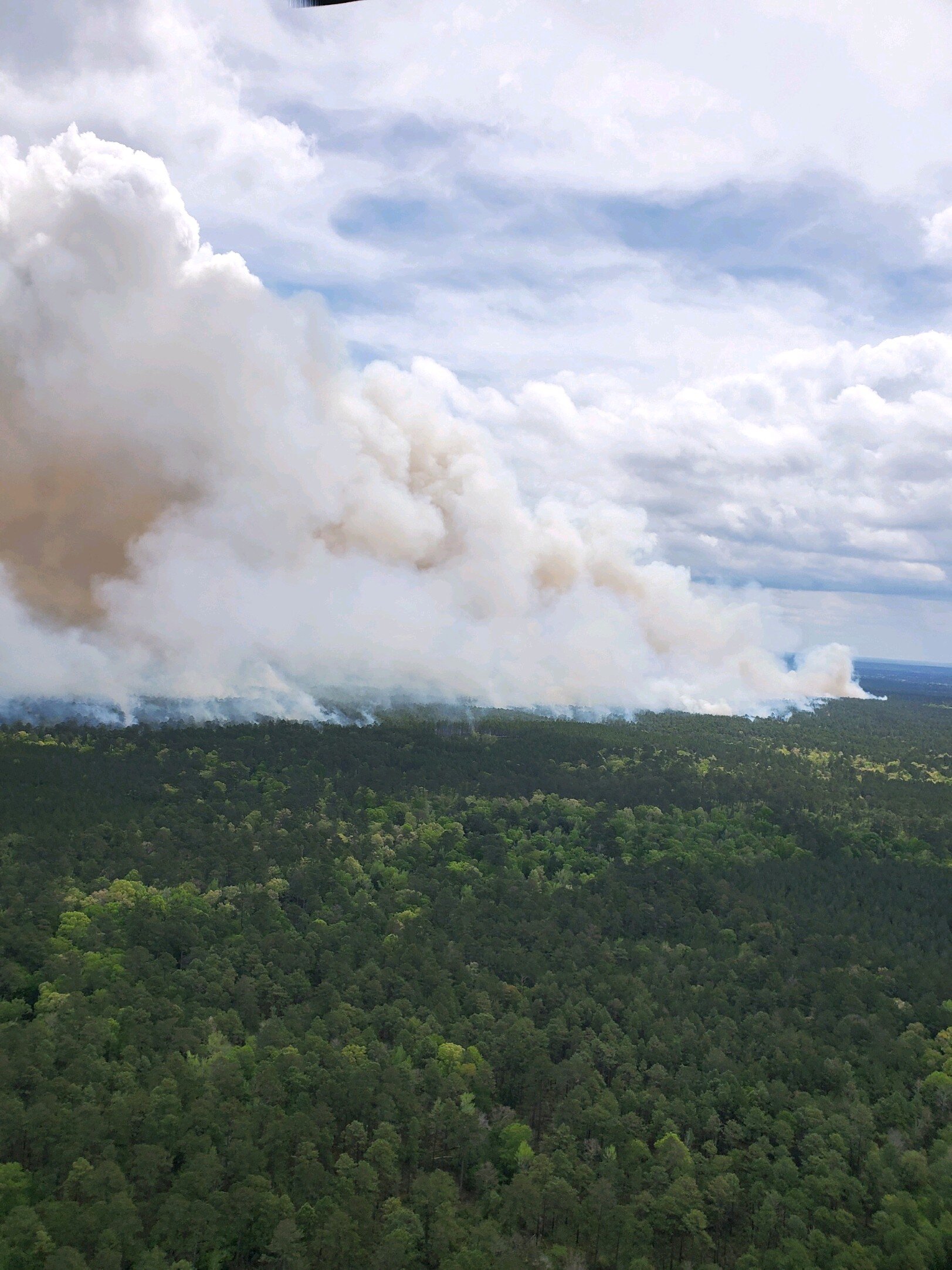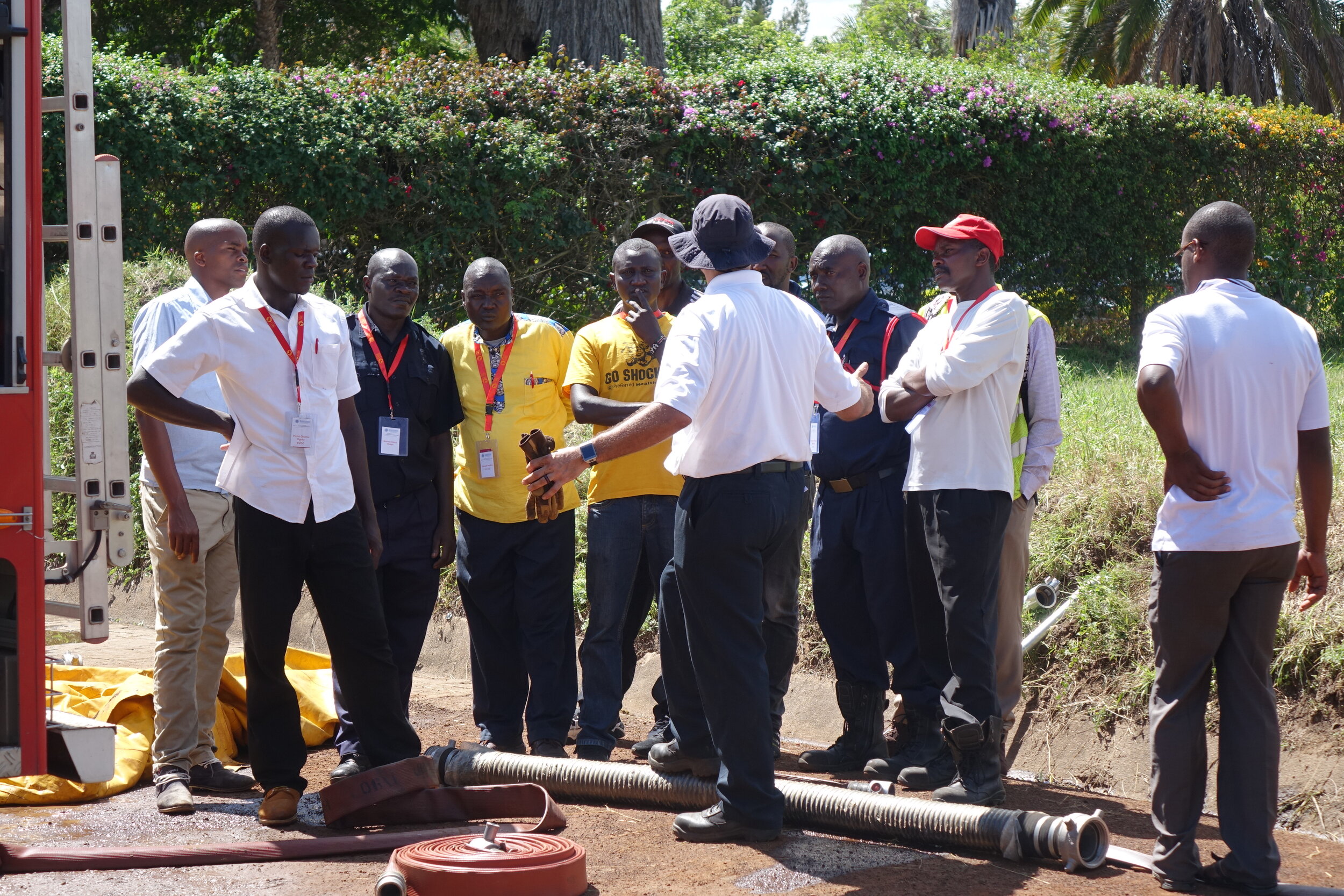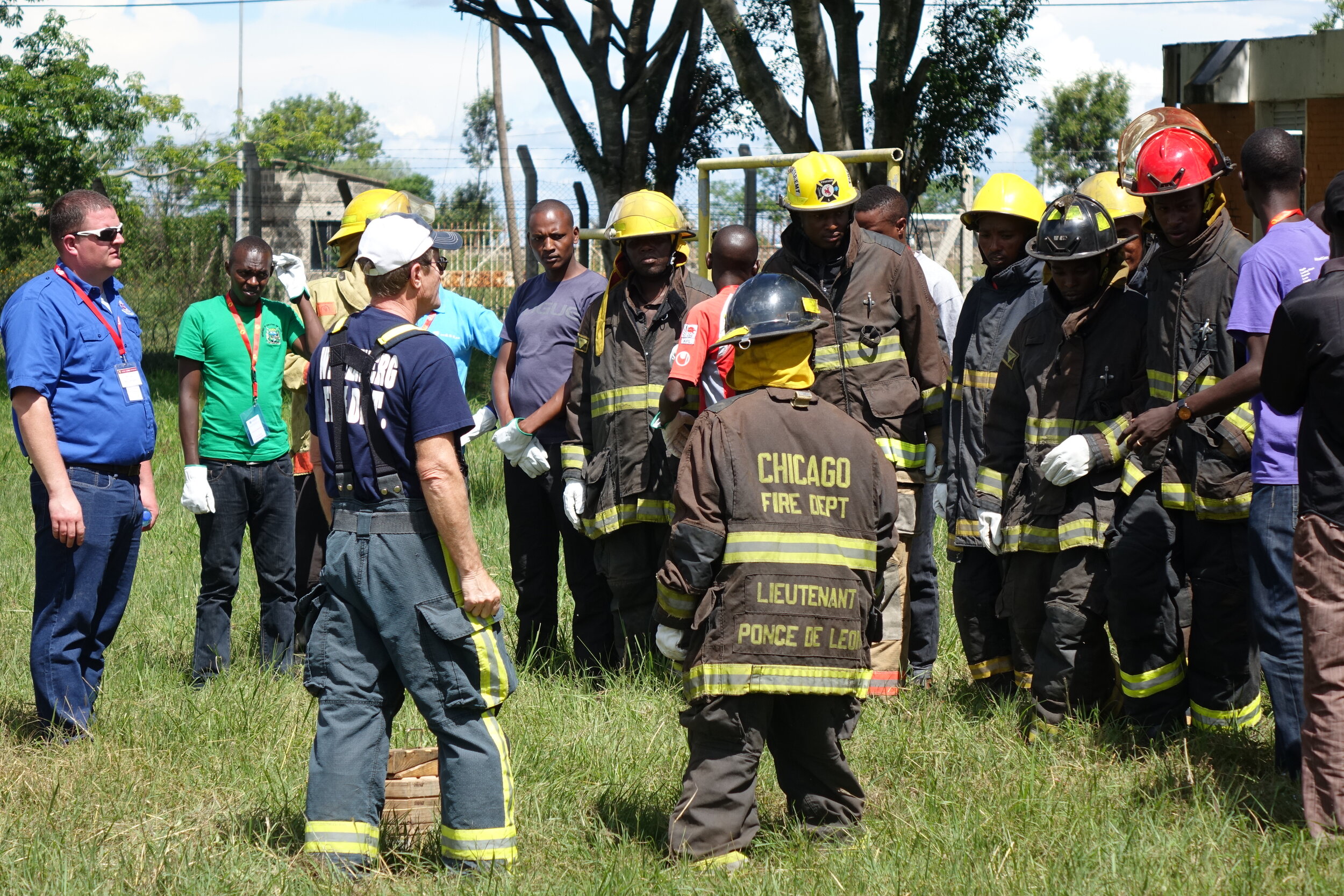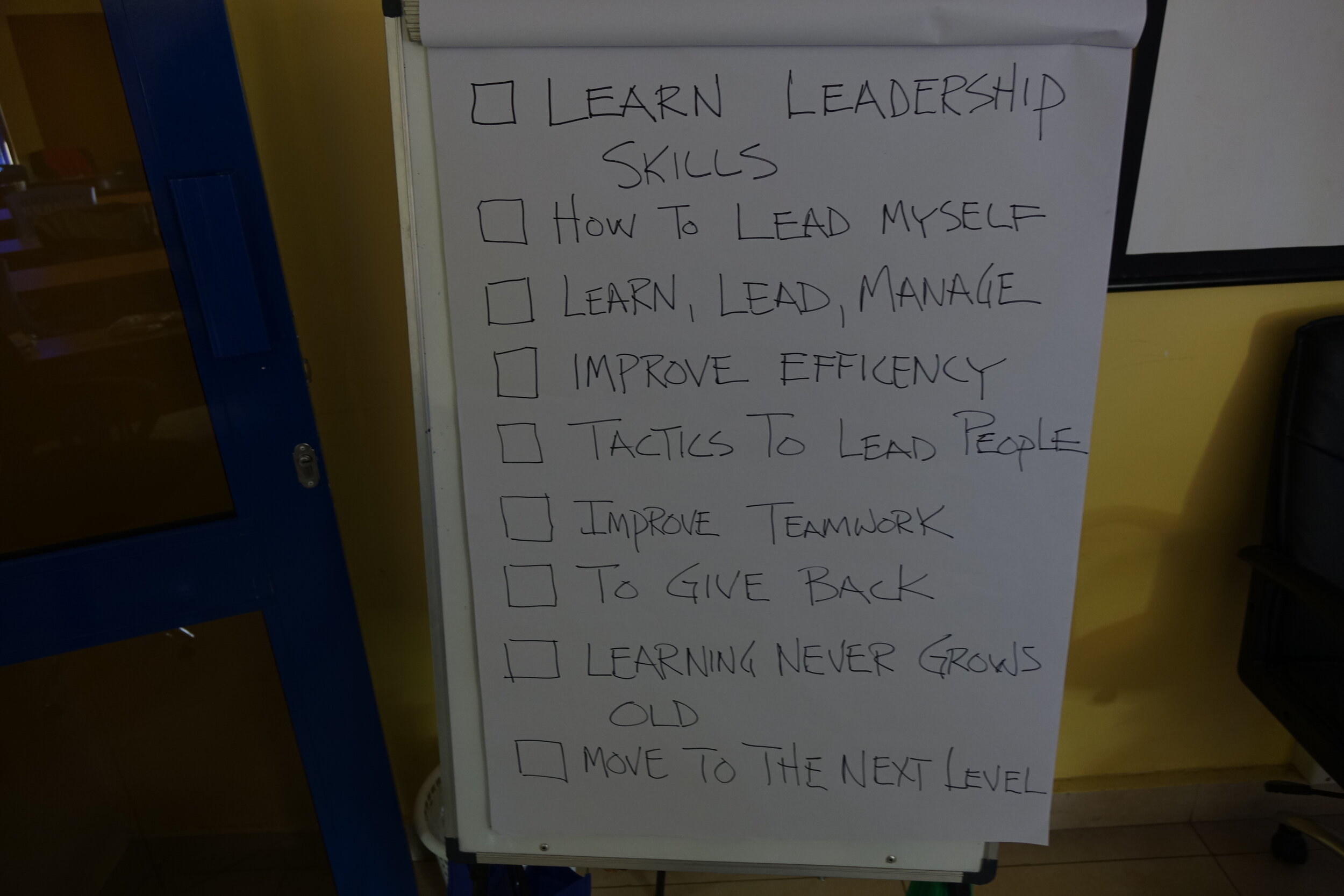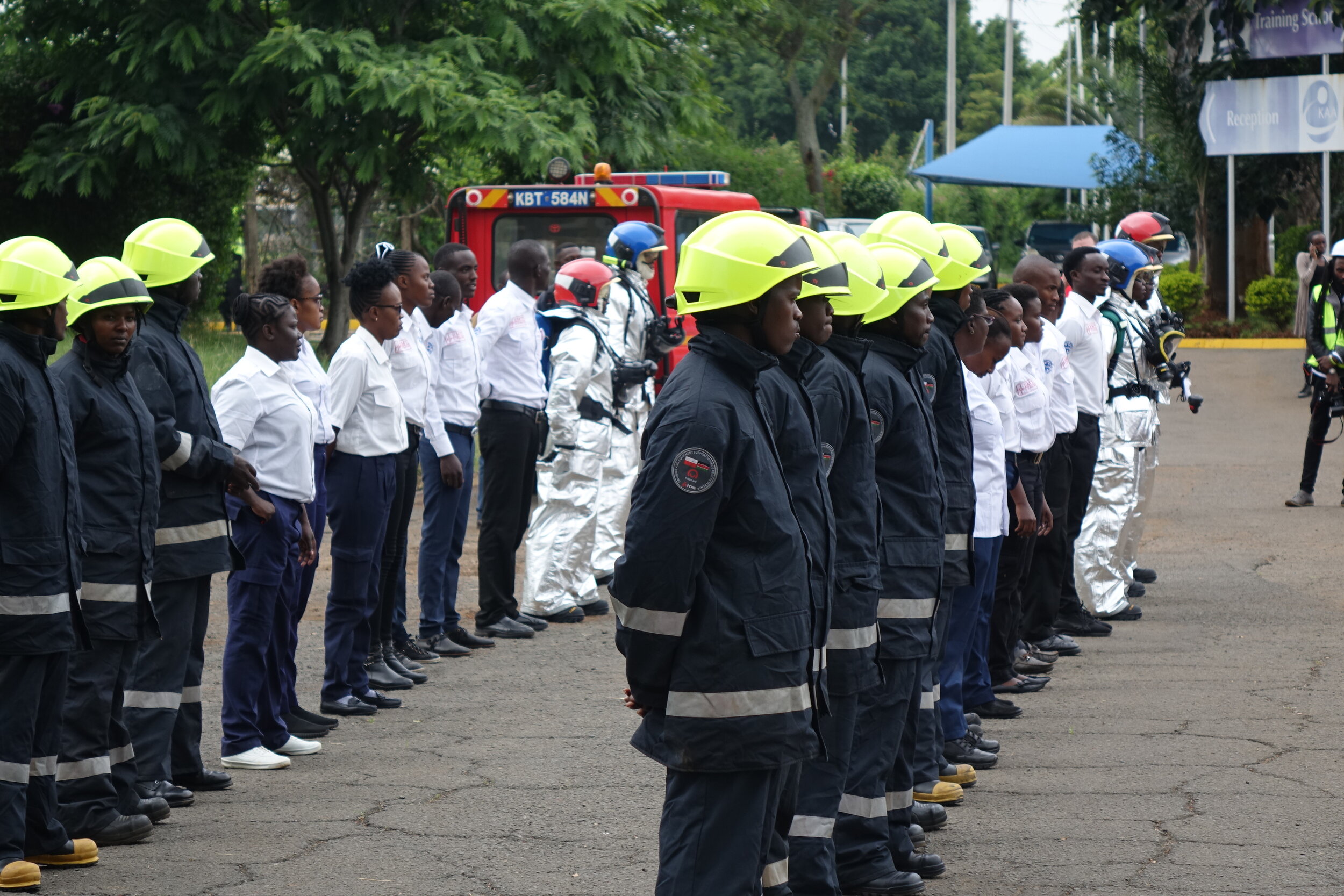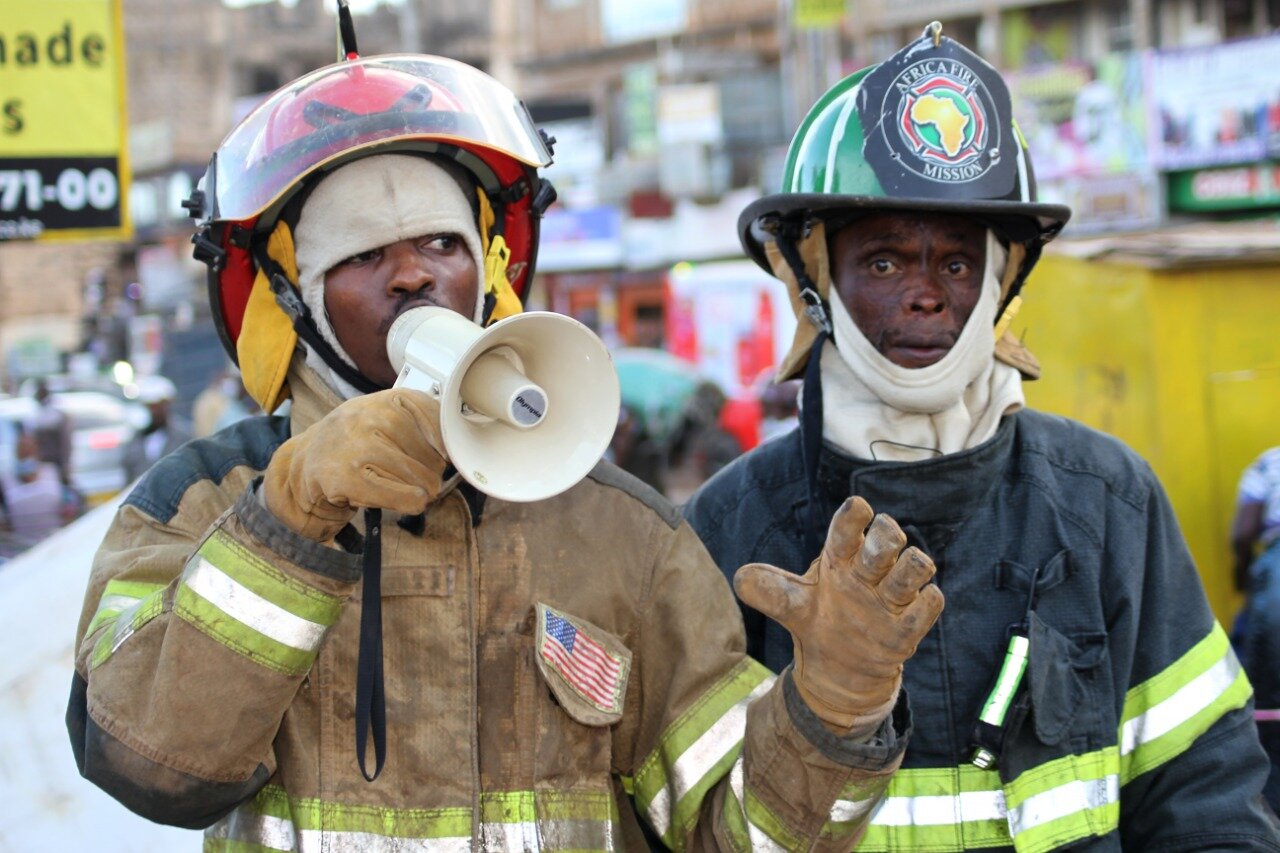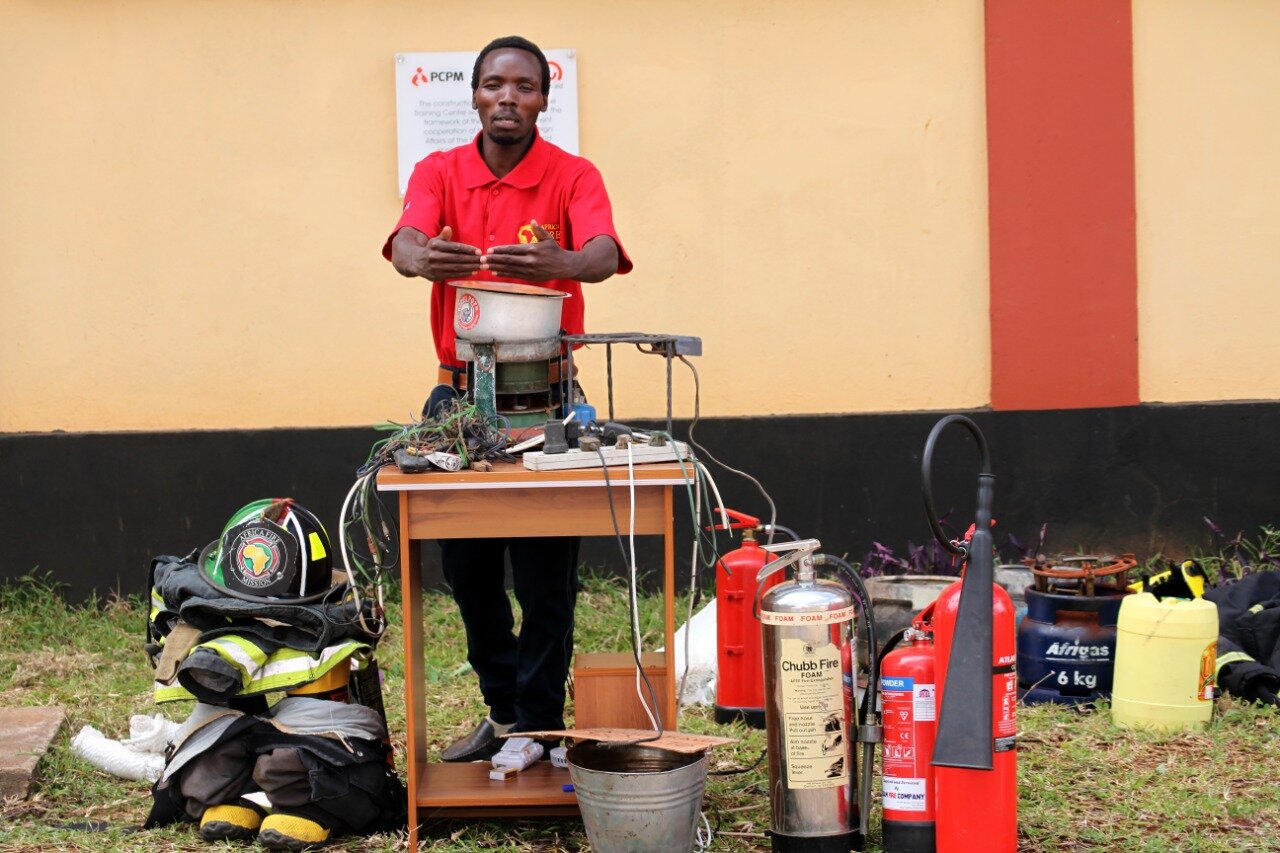by Edward Collet
Jackson Township Fire Department Firefighter/EMT, Ohio; Ohio Fire Chiefs Association Water Supply Technical Advisory Committee Co-Chair
Safe Driving in the Fire Service
It seems not a day goes by without there being news of fire apparatus being involved in an accident. Often firefighters and civilians are injured or killed. The apparatus is always damaged to some extent either requiring minor repairs or putting it permanently out for service. Some of these are truly accidents were the apparatus driver had not fault in the accident, yet many times the driver and officer have control of factors leading to an accident.
Firefighting is one of the most trusted professions. The day you earn the privilege to drive the big red truck, or whatever color the rig might be painted, your department entrusts you with very expensive and critical piece of equipment. Your fellow firefighters and their families entrusts you to get them to the fire and back home safely. The public entrusts you to get to the emergency without causing other crisis to address. As the driver you have a huge responsibility. How do you keep this trust and fulfill your responsibility? Easy, check your apparatus and drive with due regard.
Anyone who has taken my class has heard my soapbox about safe driving, so here we go again. There is absolutely no reason for firefighters to be injured and killed in accidents involving excessive speed and running through intersections. Getting to the fire is not a race to see who gets there first. Many have argued “we must drive fast because seconds count”. Well what happens when seconds turn to minutes, turns to hours, turns to no one shows up because the fire department was in an accident. Not much was gained by driving fast was it? Speed is also the responsibility of the officer. If the driver is going faster than you feel is safe make him slow down, you are the boss and ultimately responsible for the actions of your crew.
Think about how you would feel if you had to visit the family of you brother or sister firefighter in the hospital, or worse, because your driving caused an accident. Heavy things to think about, but it is the reality of being a driver. If you do not drive carefully and defensively this could happen. So how do we prevent this? First is being familiar with your apparatus. Engines and tender have a higher center of gravity than cars. This means you cannot go around corners fast and they behave differently as you stop. Fire apparatus are heavy and do not stop quickly. Drive your apparatus when it is not an emergency to become familiar with how it handles.
It is not enough to know your apparatus, you must drive like you are invisible to other drivers. The fact is most drivers are distracted; listen to loud music, talking to passengers, talking on mobile phones, and even texting. This means they will not see or hear you even with flashing lights and sirens. We must drive like no one sees us and will not stop or get out of our way. When you come to an intersection, stop until you make sure all traffic sees you and is stopped. Even if you have the right-away, slow down before going through the intersection. Even if cars pull over for you assume they will do something unexpected like pull out in front of you at the last second.
It is a great honor and responsibility to drive a piece of fire apparatus. Do everything in your power to keep the trust given to you. Know your apparatus, slow down, drive defensively, and pretend no one see you.
Oh, I almost forgot. When other drivers do not behave as they should in the presence of an emergency vehicle, stay calm and do your job in a professional manner. Do not yell and gesture at other drivers. I had an officer early in my career that would lean out the window and yell at drivers not getting out of the way. Embarrassing, yes. Unprofessional, yes. Great way for the public to be mad at the fire department, yes. Firefighters are supposed to embody what is best in society, so reflect that.
Stay safe and keep those in your apparatus safe.

